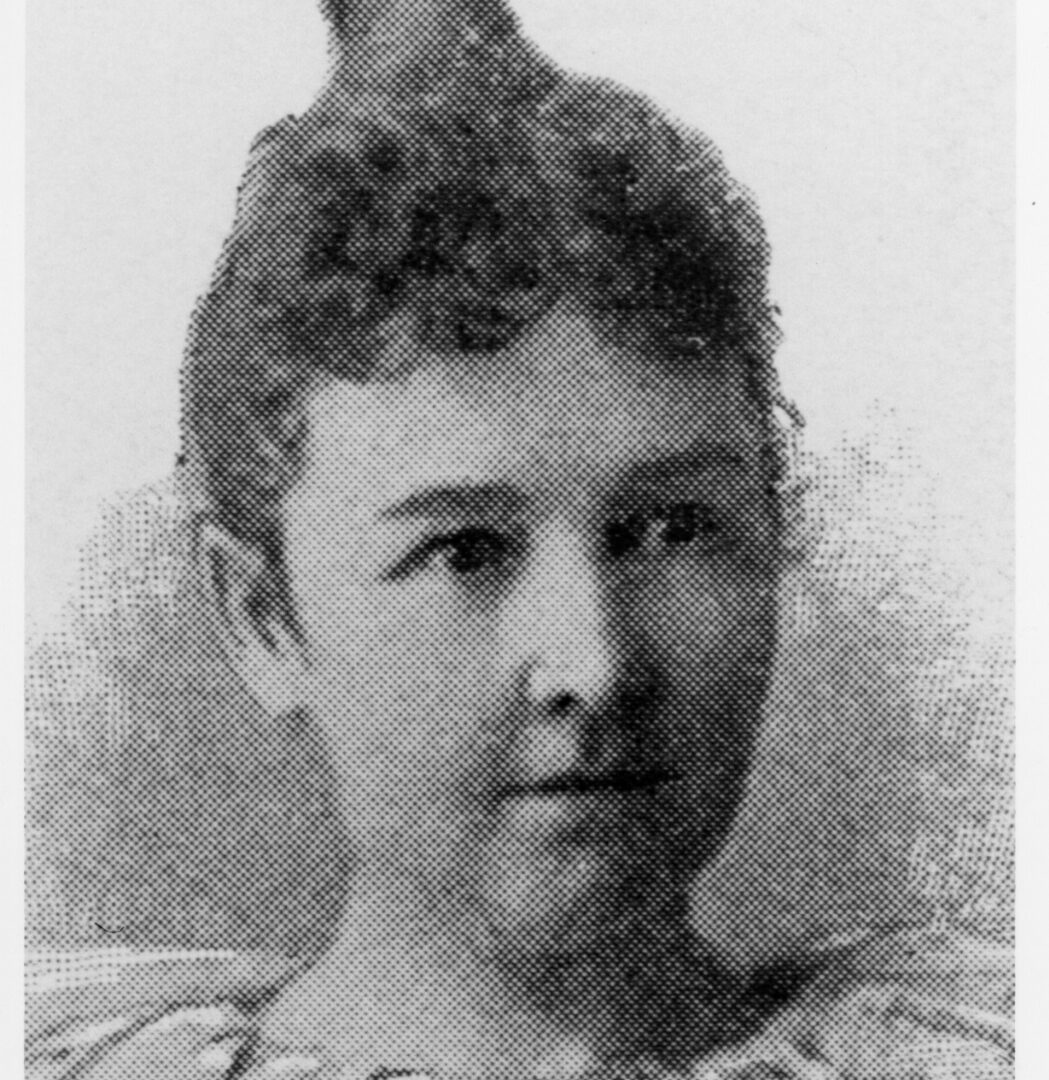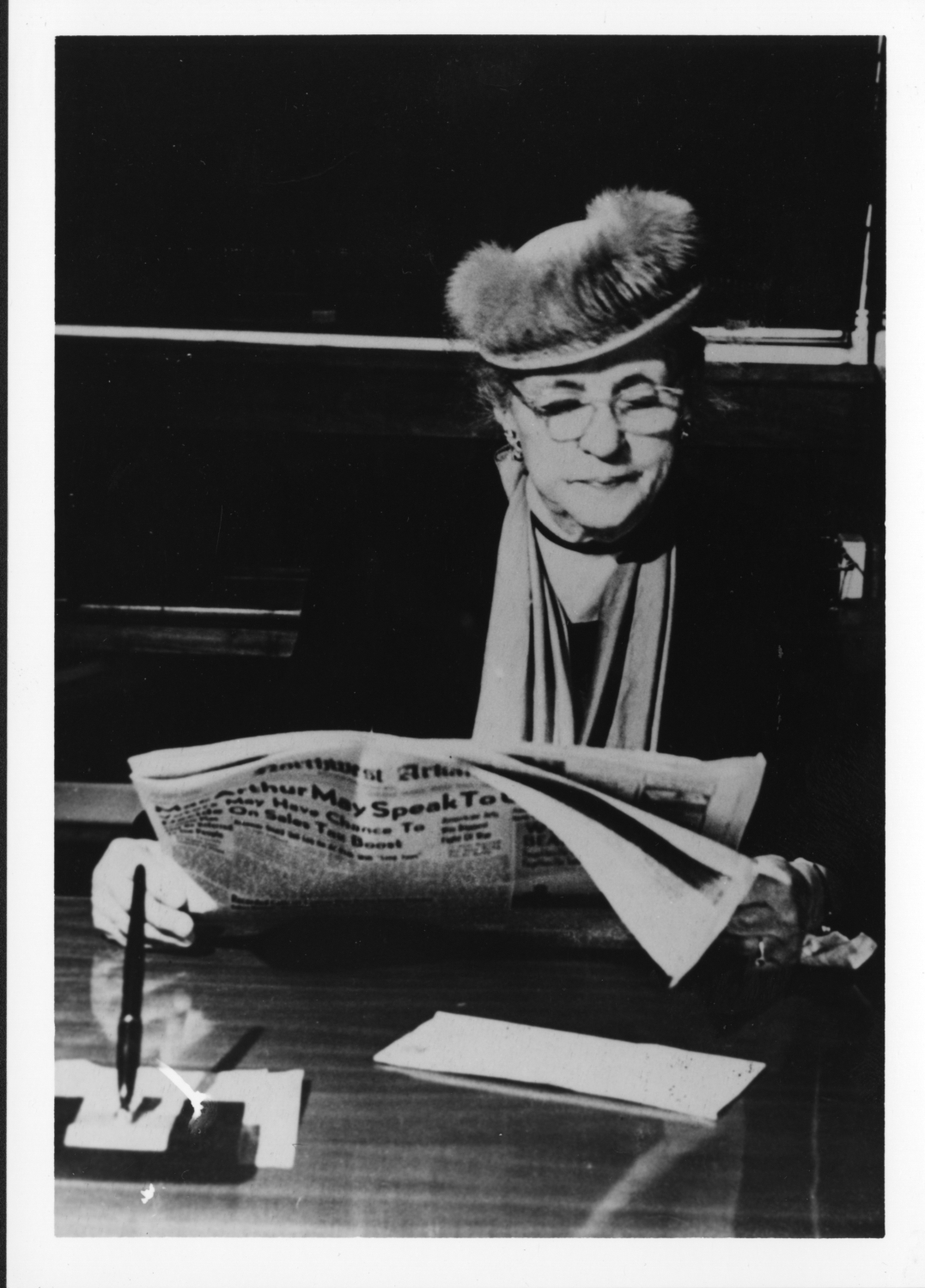Introduction
A Trailblazer is a person who leads the way in any new field or endeavor; someone who is among the firsts in a particular field. Another related word is pioneer.
In this activity, you will look at ten photos of women who were trailblazers in their professions. They all chose professions that were at the time considered men’s jobs and that many Americans, both men and women, considered inappropriate for women. These photos will help us learn how expectations for professional women changed over time and how some of them stayed the same.
Activity Questions
Answer these questions before you look at the photos:
- In what professions do we see more women than men? Why do you think this is the case?
- In what professions do we see more men than women? Why do you think this is the case?
- List one profession that women cannot choose and that is only available to men. What profession is it?
- List one profession that men cannot choose and that is only available to women. What profession is it?
- Who would you like to be when you grow up? What kind of job would you like to do?
Roberta Waugh Fulbright (1874-1953)
- Examine all the ten photos and read the caption for each photo. Who are the women in the photos? Write down their names and professions.
- Look at your list of ten women and ten professions. In which of these ten professions are there more men than women today? In which of these ten professions are there more women than men today?
- Do you know any women in any of these professions today?
- Do you think that it was easy or difficult for these women to enter their professions? Why?
- Which of the ten professions do you find the most interesting?
Primary Sources
To learn more about the primary sources featured in the activities above, click the following links:
- Dr. Fannie M. Cooper, dentist in Little Rock in 1895
- Emma Thompson Morris, rice farmer in Prairie Longue, Arkansas
- Emily Alquest, photographer in Paragould
- Helon H. Arlitt, first female pilot in Jefferson County and one of the earliest in the state, with airplane
- Mrs. Hunt and Miss Erle Chambers, Arkansas’ first two female legislators
- Roberta Waugh Fulbright (1874-1953)
- Florence Price Smith, composer
- Charlie May Simon at book signing
- Dr. Joycelyn Elders, pediatrician and public health administrator
- Charlotte Stephens portrait
Arkansas Social Studies Standards
Social Studies (History)
- Strand: History
- Content Standard 12: Chronology, Change Over Time, and Contextualization – Students will analyze chronology, patterns of continuity and change over time, and contextualization on historical events.
Kindergarten
-
- H.12.K.4 Recognize historic figures and other people that have made an impact on history
Grade 2
-
- H.12.2.4 Investigate ways individuals, groups, and events have shaped one’s community and other communities in the United States
Grade 3
-
- H.12.3.4 Analyze individuals, groups, and events to understand why their contributions are important to historical change and/or continuity
Grade 4
-
- H.12.4.4 Analyze the impact of individuals and events on the past, present and future
Key Terms
More Information
N/A
Downloadable Guides and Handouts
We encourage K-12 educators to use History Alive: Virtually! in a way that will best match their classroom needs. The “Exercise” handout includes a complete exercise as featured on this website, the “Primary Sources” handout includes only primary sources used in the exercise, and the “Questions” handout includes analytical questions from the exercise but is editable and can be easily changed to best match students’ needs.
Trailblazers (K-4) – Exercises


